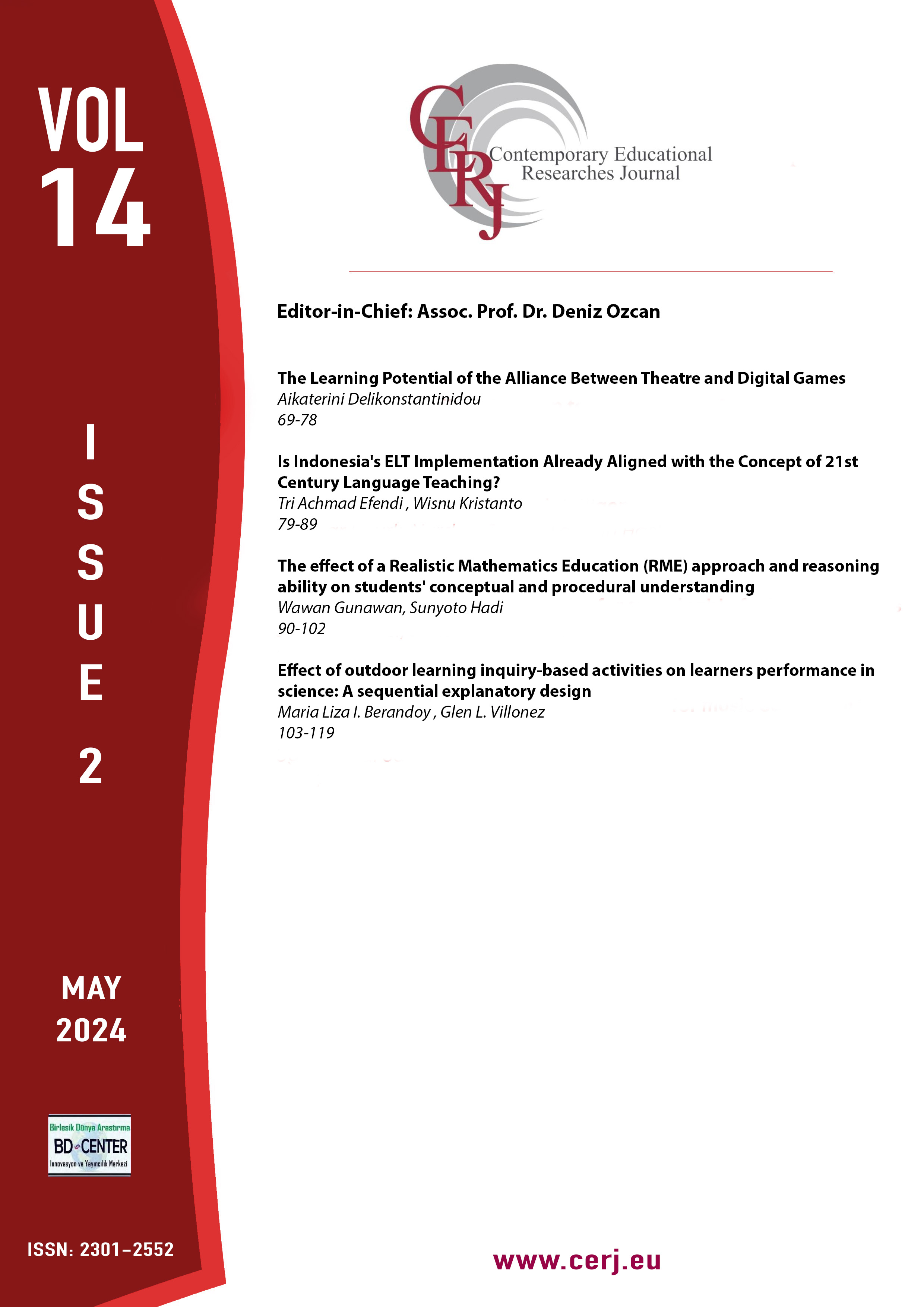Is Indonesia's ELT Implementation Already Aligned with the Concept of 21st Century Language Teaching?
Main Article Content
Abstract
The 21st century demands that students acquire the 4C’s skills so that they can face future challenges. In that case, English teachers have to select particular teaching methods or techniques to assist the students in sharpening their 4C skills. Therefore, to make the teaching relevant and effective, teachers should understand the notion of 21st-century language teaching and implement particular teaching methods and strategies that suit their needs. This research is aimed at examining if English language teaching in Indonesia has turned to the ideas of 21st-century education based on the student’s point of view. To seek the answer, this research employed a descriptive-qualitative approach. There were 58 secondary student participants from public and private schools. A survey, documents, and FGD were used as the instruments to collect the data. The data were transcribed, coded, and analyzed using thematic analysis. The findings revealed that many of our English language teaching practices in Indonesia were still conducted with a teacher-centered approach, focused on language components rather than sharpening their holistic knowledge, and rarely integrated with technology. In conclusion, based on the students’ perspectives, ELT in their schools has not tuned to the notion of 21st-century education. It was indicated by three reasons discussed in the study.
Keywords: ELT; Language; Learning; Perspectives; Students; Teaching.
Downloads
Article Details

This work is licensed under a Creative Commons Attribution-NonCommercial-NoDerivatives 4.0 International License.
Authors who publish with this journal agree to the following terms:
- Authors retain copyright and grant the journal right of first publication with the work simultaneously licensed under a Creative Commons Attribution License that allows others to share the work with an acknowledgement of the work's authorship and initial publication in this journal.
- Authors are able to enter into separate, additional contractual arrangements for the non-exclusive distribution of the journal's published version of the work (e.g., post it to an institutional repository or publish it in a book), with an acknowledgement of its initial publication in this journal.
- Authors are permitted and encouraged to post their work online (e.g., in institutional repositories or on their website) prior to and during the submission process, as it can lead to productive exchanges, as well as earlier and greater citation of published work (See The Effect of Open Access).
